Join Crane Engineering (a part of ESi) March 13, 2019 for our second annual Smart Sessions: Topics and Trends That Matter—presentations providing insights on topics that impact the work you do. For $30 we will present seven educational sessions with speakers from Crane Engineering/ESi and attorney colleagues, followed by a time of socializing and networking with other guests at our facility. Minnesota CLE credit available.
Fire Dynamics Applied to Real Fire Scenarios
Scott Dillon, P.E., IAAI-CFI, CFEI, CVFI
As part of a recent training program, Crane Engineering/ESi participated in several live fire exercises. Several compartments were constructed and burned in order to demonstrate issues related to fire growth and fire dynamics as it applies to fire investigation and the development of fires. Each compartment will be shown post-fire along with a description of the fire patterns present. Photos and video of the pre-fire condition of the compartments and the fires burning will be presented along with a description of the fire dynamics and how the fire produced the post-fire patterns. In addition, a video of a full-scale fire transitioning to a fully involved, post-flashover fire will also be presented along with a description of the fire dynamics happening in real time.
How to Effectively Use Experts during the Appraisal Process
Jim Panko, P.E., Tony Krall (Meagher & Geer)
This presentation will discuss the appraisal process and how it can be used to effectively resolve disputes between the insured and insurance company following a property damage claim. Using experts during the appraisal process can be an effective way to help the appraisal panel reach a fair resolution. This presentation will discuss how attorneys and engineering experts coupled with construction experts can be used to effectively resolve disputes through the appraisal process.
Automotive Failure Analysis: How They Crash, How They Break
Hernán Mercado-Corujo, P.E., CFEI, CVFI, Gary Rogers, M.S.M.E., P.E.
This discussion will include classical accident reconstruction and failure analysis, introducing lesser known, and sometimes misunderstood, techniques. Types of useful data and results achievable from accident reconstruction will be presented and the performance of vehicle components will be addressed. The meaning of the terms "failure," "broken," and "defect," will be contrasted and we will explore failure analysis of various vehicle parts, with emphasis on techniques and determination of sequence-of-events. Finally, two short examples will demonstrate how accident reconstruction (“how they crash”) and failure analysis (“how they break”) complement each other to fully explain the cause of an event.
It Takes a Village
Steve Hamilton, P.E., IAAI-FIT, CFEI, Dave Taylor (Yost & Baill)
Some forensic investigations are so complex that it takes a variety of experts to effectively process the scene, then continue through the scientific method to eventually reach a valid, unique conclusion. Without having a team composed of the right experts, it may be impossible to construct a strong case that can withstand challenges made by opposing attorneys and their experts. Selection of the team of experts begins immediately but the team may grow as new needs are recognized. Choosing the right team depends not only on their individual expertise but on their ability to collaborate and communicate effectively. This case study will examine a challenging fire investigation that relied on a team of experts to reach a successful outcome.
Computer Modeling—Why, When and How (and the Pitfalls)
Chris Brand, P.E., Tom Crane, P.E.
Computer modelling of selected elements of an incident can provide a fundamental understanding of the events which transpired. This work provides a sound basis for evaluation of possible theories of causation. This methodology can be used as a stand-alone assessment of underlying phenomena or in conjunction with physical “real-world” testing. The presentation will illustrate computer modelling which was effectively used to evaluate and illustrate the migration of fugitive combustible gas in cases which involved actual or alleged instances of fuel gas leaks and the resulting fire or explosion which ensued. These examples will provide a platform to discuss the fundamental concepts in all computer modelling and the decisions necessary to make effective use of the method for litigation. Frequently Asked Questions (and answers) will be addressed to provide a practical understanding of how to use this powerful tool in the analysis of technically complex litigation.
Claims & Litigation Involving Construction Defects, a Lack of Maintenance and the Building Codes
Andy Thielen, P.E., Matt Wilber, CGE, CFEI
Often a claim of a construction defect is made on building systems without a definition of the actual defect. Is the alleged defect a design problem or an installation problem? Or has the Building Owner failed to provide proper maintenance to the system in question? This presentation will cover several case studies where the above issues have arisen, and how building codes are related to each topic.
Seeing is Believing: Winning with Effective Demonstrative Evidence & Aids
Chuck Fox, Ph.D.
This presentation shows how creative animation and graphics have been deployed successfully in educating judges and juries, mediators and adjusters by using visual analogies to simplify complex concepts, thus enhancing the range for settlement discussions. The presentation also explores why the human brain retains visual information much more efficiently than other media, making animation the most compelling and memorable communication form for all parties. Each animation brings theory to life by covering evidentiary and practical considerations important to ensuring that demonstrative aides and evidence are used to their fullest effect. Cited cases involve construction, products liability, environmental, mass tort, various intellectual property subject matters (biotech, mechanical, electrical, software, telecom, medical devices) and numerous other areas in resolving claims and issues.
Happy Hour: Please stay for food, drinks and conversation with your colleagues.
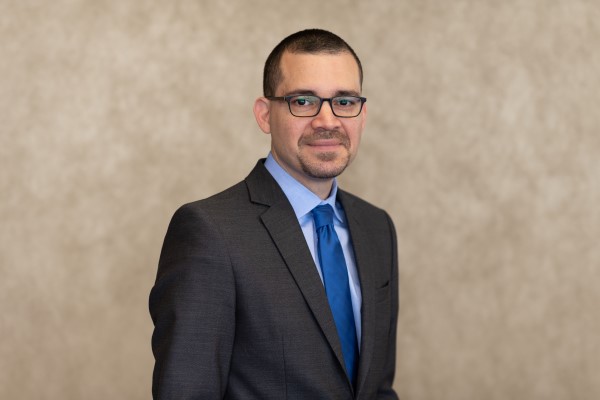
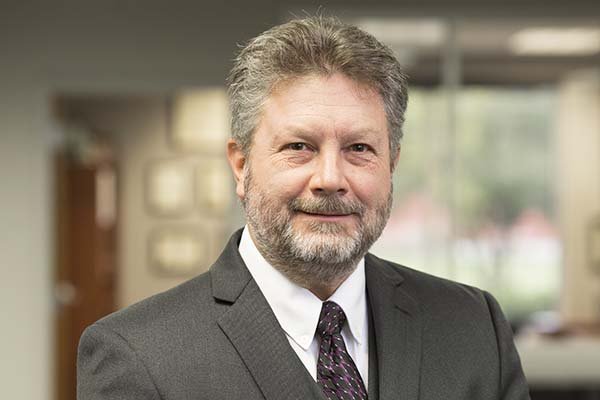
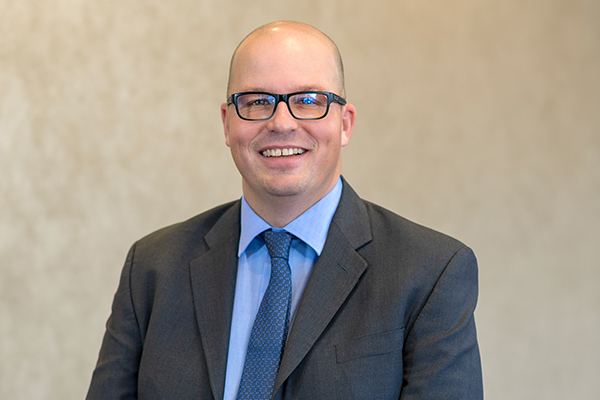
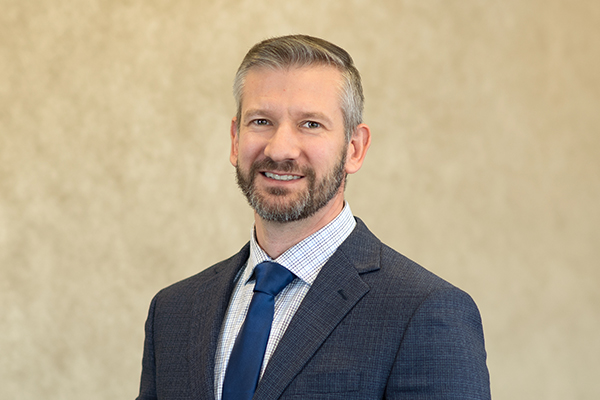
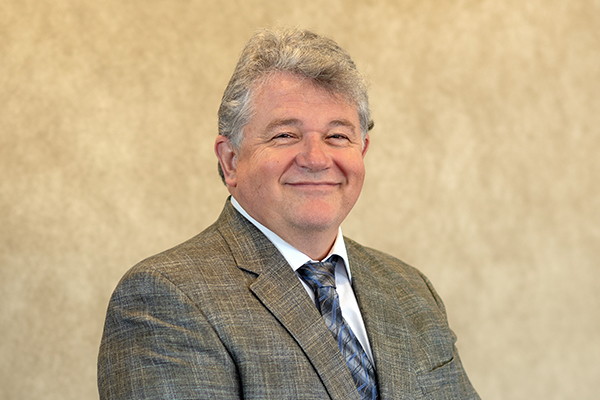
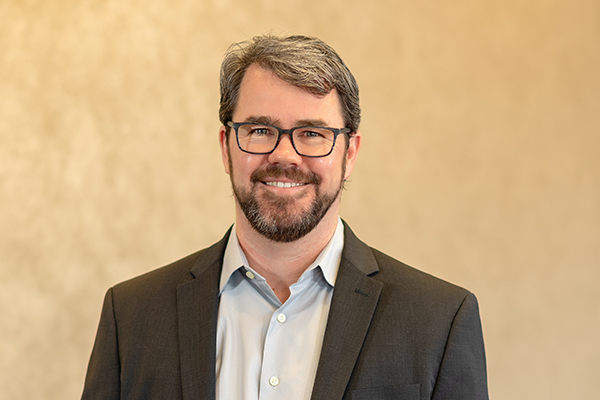
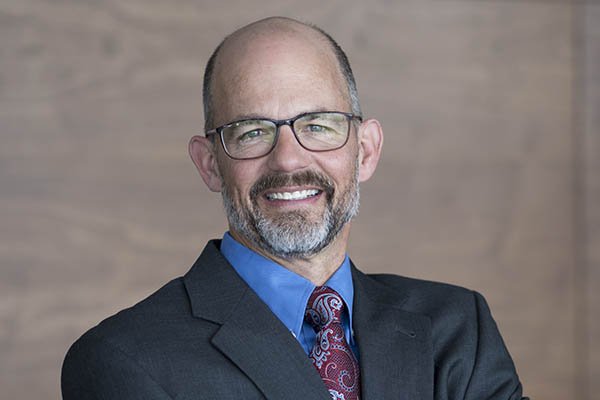
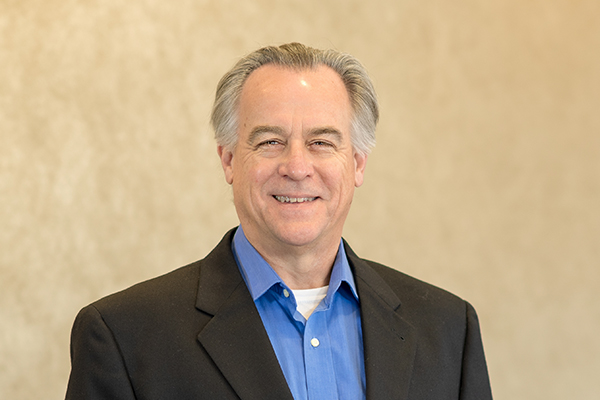
ESi's expertise spans dozens of industries and specializations organized across several practice groups, each staffed by dozens of in-house experts with the technical knowledge, hands-on expertise, and courtroom experience required to execute projects for and with our clients from start to finish.
Find an Expert Contact Us